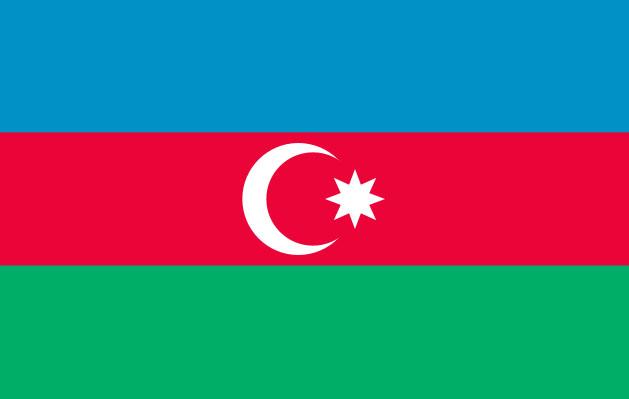Buddhist chanting of Ladakh: recitation of sacred Buddhist texts in the trans-Himalayan Ladakh region, Jammu and Kashmir, India
© Central Institute of Buddhist Studies, Ladakh, Jammu and KashmirIn the monasteries and villages of the Ladakh region, Buddhist lamas (priests) chant sacred texts representing the spirit, philosophy and teachings of the Buddha. Two forms of Buddhism are practised in Ladakh – Mahayana and Vajrayana – and there are four major sects, namely Nyngma, Kagyud, Shakya and Geluk. Each sect has several forms of chanting, practised during life-cycle rituals and on important days in the Buddhist and agrarian calendars. Chanting is undertaken for the spiritual and moral well-being of the people, for purification and peace of mind, to appease the wrath of evil spirits or to invoke the blessing of various Buddhas, Bodhisattvas, deities and rinpoches. The chanting is performed in groups, either sitting indoors or accompanied by dance in monastery courtyards or private houses. The monks wear special costumes and make hand gestures (mudras) representing the divine Buddha, and instruments such as bells, drums, cymbals and trumpets lend musicality and rhythm to the chanting. Acolytes are trained under the rigorous supervision of senior monks, reciting texts frequently until they are memorized. Chants are practised everyday in the monastic assembly hall as a prayer to the deities for world peace, and for the personal growth of the practitioners. Read more about this element on the UNESCO Intangible Cultural Heritage website.










